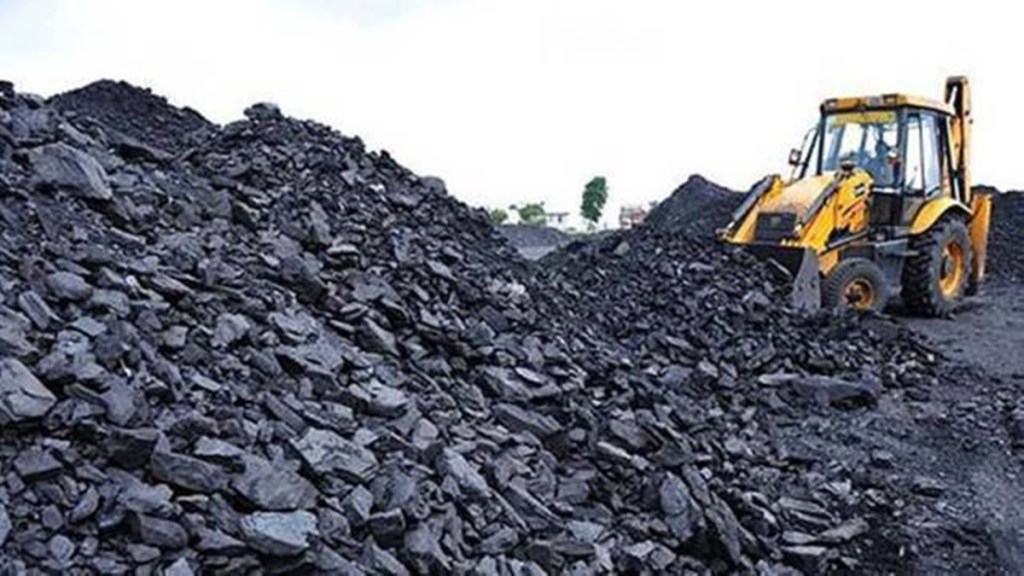By Manish Gupta
India’s largest power producer NTPC Ltd is planning to expand the power generation capacities of eight of its coal-based power plants by more than 10 giga watt (GW) even as it has set an ambitious target for producing higher share of renewable energy. This will require investments to the tune of Rs 35,000-40,000 crore.
These brownfield expansions are at Talcher (1,320 mega watt or MW) and Darlipali (800 MW) in Odisha, Lara (1,600 MW) and Sipat (800 MW) in Chhattisgarh, and Singrauli (1,600 MW) and Meja (1,320 MW) in Uttar Pradesh, a person familiar with the plan said.
Also read: MSME dues: 73% decline seen in YoY disposal of delayed payment applications in FY23
Two more plants at Patratu in Jharkhand and Ramagundam in Telangana are at different stages of construction. They will add 2,400 MW and 800 MW, respectively, another official said but added that some projects may take 8-10 years due to delay in various clearances required and objections raised by different social groups.
The country has a commitment to cut carbon intensity of its GDP and reduce CO2 emissions to net zero by 2070.Some analysts have said the costs of coal-fired, including environmental costs, will be higher than that of renewable power.
One MW of super efficient coal-based thermal unit costs about Rs 4 crore while the capex for a solar unit of same capacity is between Rs 4-5 crore.
Construction work for the expansion of NTPC power plants at Talcher, Darlipali and Sipat has already been awarded, and that for Lara, Singrauli and Meja will be given out this fiscal.
The company produced 400 billion units of power last fiscal from its total capacity of 71 GW, which it sees to grow to 130 GW by 2032. Of the 71,594 MW total generation capacity, 58,154 MW, or 81% of the total, capacity is in the thermal power stations.
The power giant, which produces 25% of India’s total power generation, has committed itself to produce half of its power from renewable sources by 2032. The current share of renewable power in total energy production in India is around 23%.
NTPC, which is the country’s biggest coal consumer, had been going slow on ramping up the generation capacity of its coal-based plants for the past few years after key stakeholders’ increased interest in environmental, social and governance (ESG) factors.
However, considering the fact that adding renewable energy capacities will take time and particularly after the panic situation faced last summer due to severe power crisis, NTPC has stepped on to add capacities and its only worry is about coal availability.
Also read: Video: Time for subsidizing exports has gone away, says Price Waterhouse and Co’s Gautam Khattar
Vikram V, vice-president and sector head, corporate ratings, ICRA, said that till the time storage becomes economical, renewables can only supply some portion of the power requirement of the country and that dependence on thermal power will continue.
“Power demand is growing by 12-15 GW each year. Despite capacity addition of 15 GW renewables in FY23, we can get only 4-5 GW considering the PLF levels of solar and wind. The balance 7-10 GW has to come from other sources, mainly thermal,” he added.
